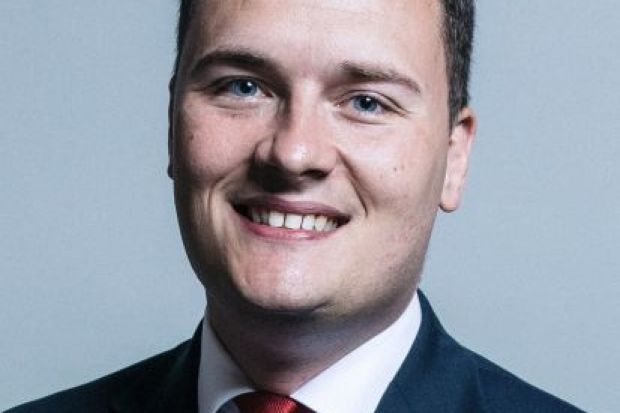Plans to train an additional 17,000 doctors by 2035, by doubling medical school places in the UK, were set to be backed by Labour today.
The bold policy, which will increase medical school places to 15,000 a year by 2029, was expected to be endorsed by shadow health secretary Wes Streeting at a Policy Exchange event in London on 16 December.
Speaking at the launch of a report by the centre-right thinktank – co-authored by Iain Mansfield, formerly an adviser to three Tory education ministers, along with Sean Phillips, Policy Exchange’s head of health and social care – Mr Streeting was expected to support the roadmap that promises to create an additional 45,000 doctors by 2040 at a cost of about £1.2 billion over the five years to 2029.
The proposals will include the opening of 12 to 15 new medical schools, the expansion of existing medical training centres and the delivery of more clinical placements.
The UK is currently heavily dependent on international medical graduates who make up half of doctors joining the medical register, according to the Medical Schools Council.
However, the high cost of training doctors – at about £250,000 per medical student – and limits of training capacity within hospitals have limited the expansion of many existing state-funded medical schools, despite the creation of new ones at UK universities where medical training has largely centred on nurses and other health professionals, part of a 2018 plan to grow medical school places by 1,500, or 25 per cent, over three years.
The intervention follows reports that the NHS is spending about £3 billion on locum doctors annually – with some costing the health service as much as £5,200 a shift. The government has claimed that some 4,000 extra doctors and 9,000 nurses have been hired since September 2021.
According to the Policy Exchange plans, the proposed investment to fund extra doctors will pay for itself, both in terms of increased student loan repayments and income tax returns.
Katie Petty-Saphon, chief executive of the Medical Schools Council, said the expansion of medical school places would “be essential to supporting the future needs of the NHS”.
Calling the report “timely”, she added that it “recognises the critical role that existing schools – as well as new schools – will play, balancing this with due consideration for the additional clinical placements, educators and researchers who will be required”.
“It marks an important and credible contribution to the debate and deserves a wide readership in the healthcare and higher education sectors, as well as across government – we hope its recommendations are taken forward,” she said.
Alistair Fitt, chair of Universities UK’s health policy network and vice-chancellor of Oxford Brookes University, also praised its recommendations.
“We know that the NHS needs more doctors and that UK universities provide a world-class medical education. If you want to double the number of medical school places, this report provides a clear plan on how to do it,” said Professor Fitt.
“Given it would cost less than 1 per cent of the total NHS budget, why wouldn’t you want to do it?”
Register to continue
Why register?
- Registration is free and only takes a moment
- Once registered, you can read 3 articles a month
- Sign up for our newsletter
Subscribe
Or subscribe for unlimited access to:
- Unlimited access to news, views, insights & reviews
- Digital editions
- Digital access to THE’s university and college rankings analysis
Already registered or a current subscriber? Login








